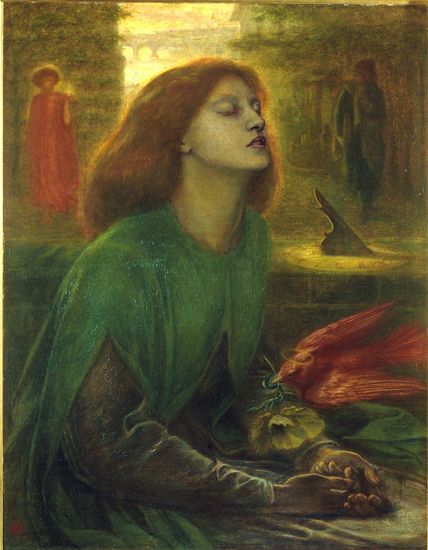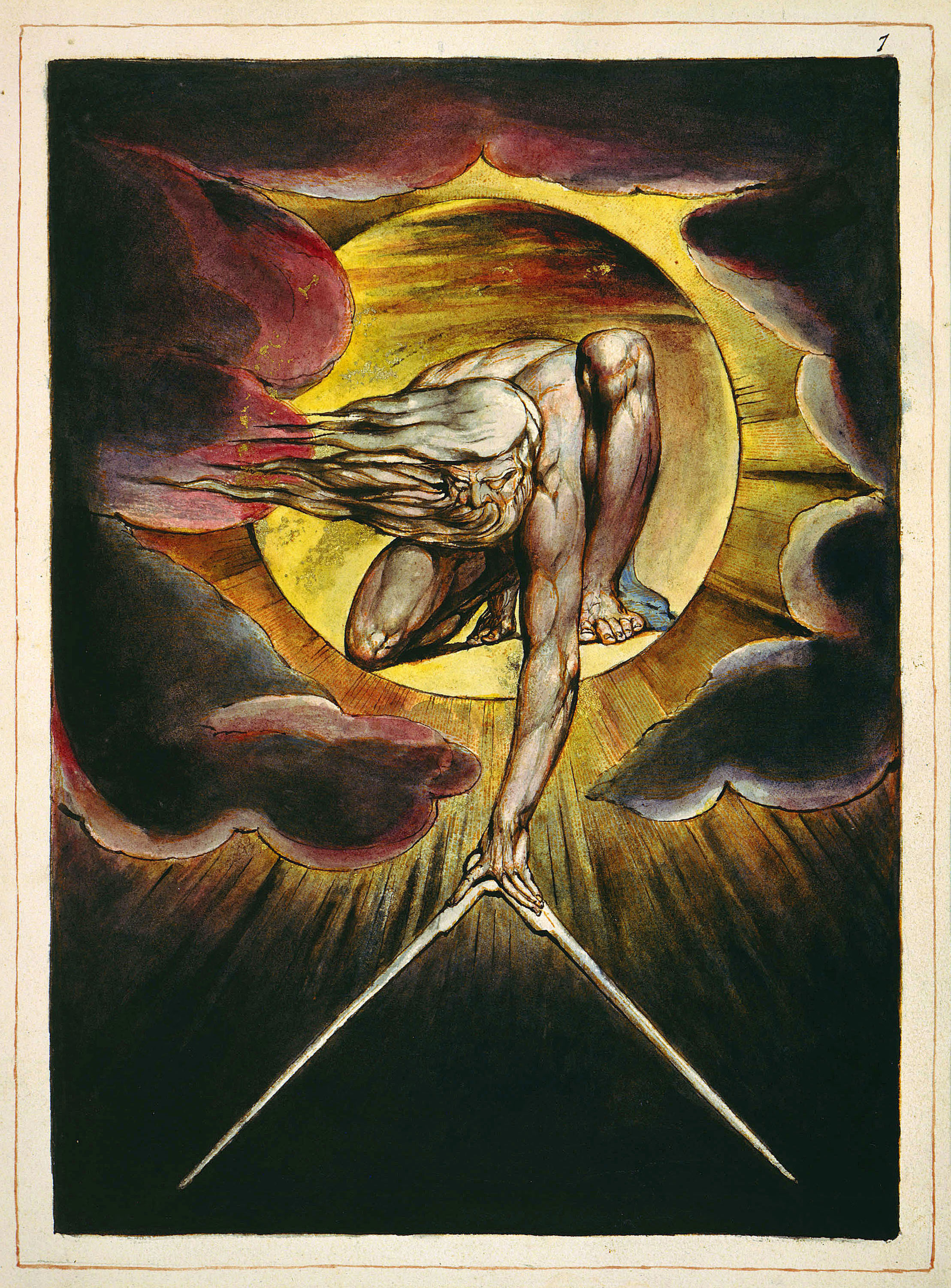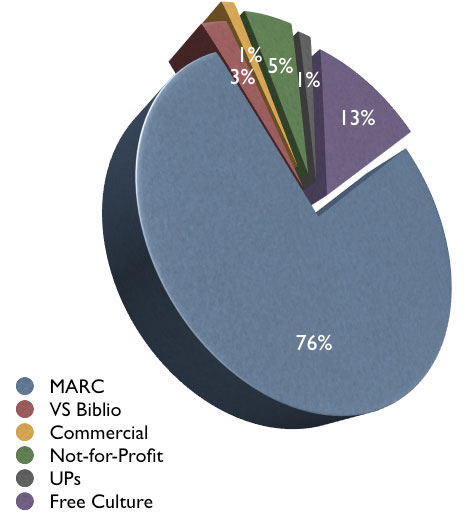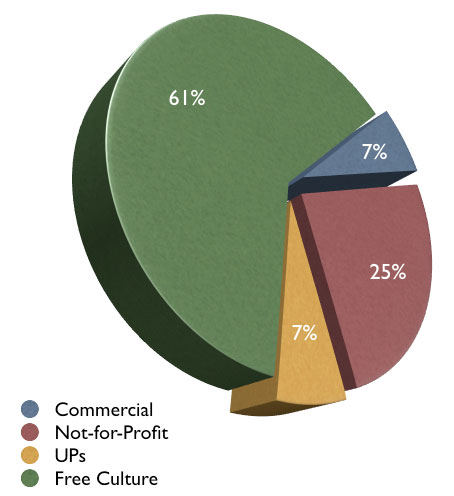American Library Association Talk: NINES, RaVoN and the Future of Academic Publishing
Dino Franco Felluga
Purdue University, West Lafayette
260
|
My point is that digital editing can very easily conform to the status quo without properly exploring what it means truly to participate in the digital revolution. To some extent, this is a necessary condition, a first step that helps to make the threateningly new as familiar and recognizable as possible; however, there is a danger in this skeuomorphic drag. Not surprisingly, the most successful digital ventures in the humanities to date have been established in a way that asks nothing of its individual users:
|
As far as the individual user is concerned, little has changed and this was necessary for early journals like Romanticism on the Net (started in the first year of the Internet’s viability, 1996). By embracing the skeuomorphic drag of the old, the familiar, and—let’s not forget—the successful, our journal was able to compete for contributors and to be recognized by dominant and residual entities like hiring and promotion committees, department chairs determining merit raises, the MLA bibliography, and so on. Similarly JSTOR, Project Muse, ECCO, EEBO, Proquest, Google Books, and so on have succeeded because they have made the digital use of our codex heritage as unthreatening as possible, for example through the use of static HTML, pdfs, and basic text searches.
Because of our academy’s indifference with regard to the digital revolution and our willingness to give commercial entities the responsibility of transmitting our knowledge and cultural heritage, however, we are now experiencing serious problems, problems that particularly affect the next generation of young scholars:
Because of our academy’s indifference with regard to the digital revolution and our willingness to give commercial entities the responsibility of transmitting our knowledge and cultural heritage, however, we are now experiencing serious problems, problems that particularly affect the next generation of young scholars:
- Commercial entities are ultimately concerned about profit. They have succeeded by purchasing our knowledge cheaply and selling back our own work to our libraries at exorbitant rates, thus leading to ever tighter library budgets. The rush to buy these digitized collections has led to reductions in the purchase of our hard-cover UP books and hard-copy journals.
- presses and journals, which relied heavily on library acquisitions to stay solvent, are facing an ever more challenging financial situation, even as the push to publish has increased and internal funding has dried up. The result has been termed by Stephen Greenblatt in his now famous letter from the MLA to members, department chairs and deans, our current crisis in humanities publishing.
- increasing pressure on university presses to stay in the black has meant that publication is no longer driven exclusively by the intellectual value of the work but by what can sell (ever fewer single-author studies, no overly arcane subjects, and a tendency to prefer short, sparingly annotated books on “hot” topics or subjects that are popular in the undergraduate classroom).
- In short, we are allowing entities that are not in it for the knowledge but for the money to dictate the way we do our scholarship, not to mention the fact that these new tools (the Internet, EEBO, ECCO, Google Books, etc.) will ever increasingly affect material aspects of our profession (indexing, researching, archiving, composing, and publishing, on the one hand, communication with our students and forms of medial transfer of information, on the other).
NINES and the Future
|
NINES is an effort by British and American nineteenth-century scholars aimed at:
|

Pie Chart of NINES Aggregation
All Objects Including MARC Records
|
NINES represents an effort also to help us all live together. NINES currently aggregates
404,268 objects, drawn from a variety of sources. A pie chart listing the breakdown of all objects in NINES (see figure on the left) illustrates that a large majority of our objects at the moment are MARC records from particular special collections across the country (the Bancroft, the Lilly, and UVA libraries). If we take out all MARC records and also objects from the Victorian Studies bibliography (see figure on the right), one can see that the majority of research objects comes from "free culture" federated sites that have gone through peer review. In addition, though, we have aggregated all the nineteenth-century articles archived by JSTOR and Project Muse (including full-text searching) as well as collections by commercial enterprises like ProQuest (again, with full-text search). We're now in negotiation to aggregate yet more from ProQuest and Gale, which could quickly change the make-up of my pie chart to the right.
If you are at a university that subscribes to these databases, the move from NINES to the requested resource is seamless. If not, you hit a "roadblock" once you get to ProQuest, JSTOR, or Project Muse. (One can also request that a NINES search only give you free-culture objects.) |

Pie Chart of NINES Aggregation
All Objects Excluding MARC Records
|


![Swingin round the cirkle, by Petroleum V. Nasby [pseud.] : his ideas of men, politics, and things, as set forth in his letters to the public press, during the year 1866. Illustrated by Thomas Nast.](http://lion.chadwyck.co.uk/marketing/images/PQ_logo_nines.gif)



